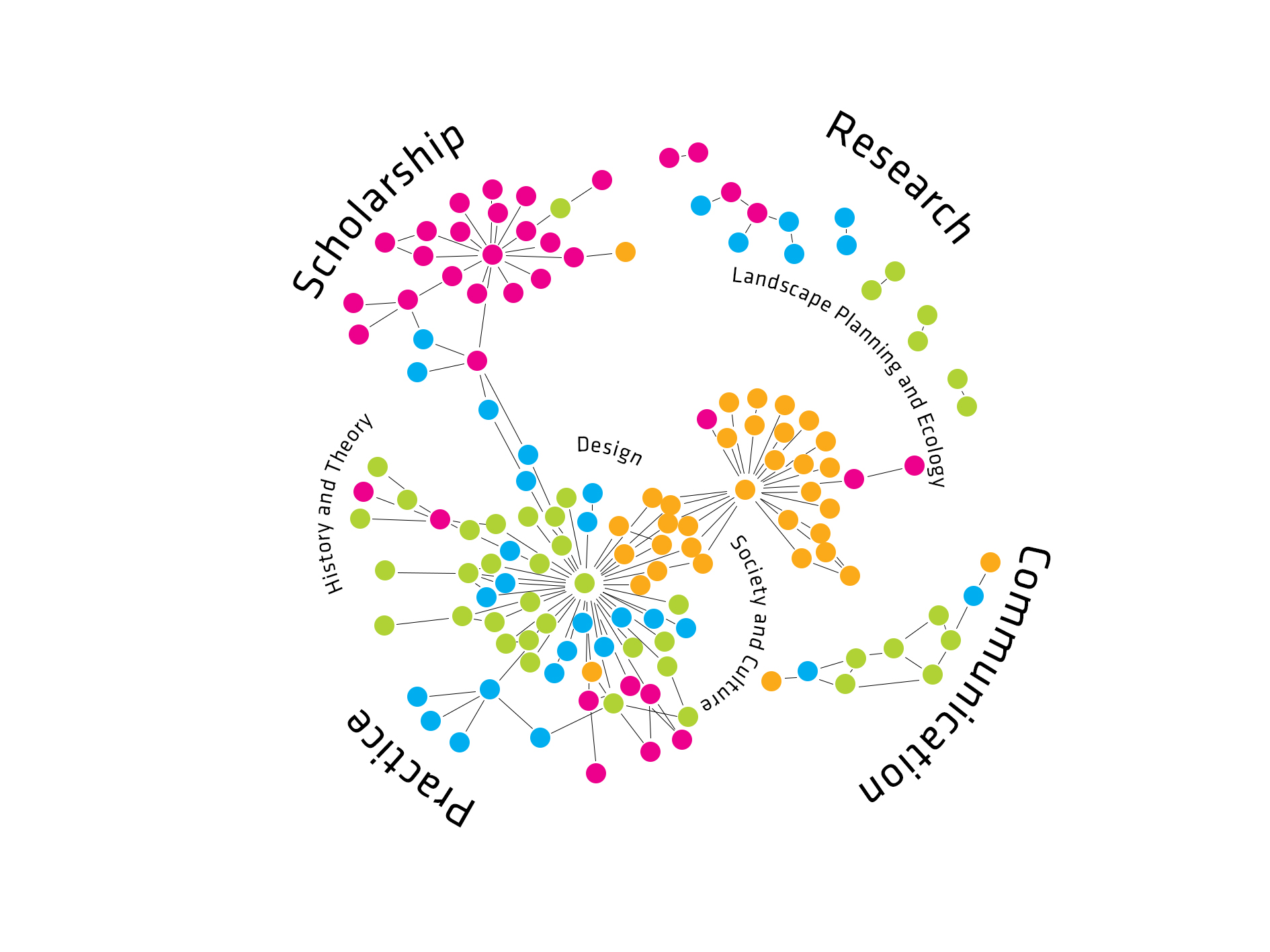
Research informs practice, and practice informs research, but studies show that the two rarely intersect. Take, for example, student research and workshop projects that remain confined within the figurative walls of their academic institutions, academic research published in high-impact (and often expensive) journals, and practical knowledge gained in the landscape architect's office that is tied to client contracts or communicated in professional journals, news articles, or social media.
With multiple audiences and endless channels of dissemination, how can we know the impact of our research projects and built works? The Canadian Landscape Architecture Fund grant program has been supporting the creation and dissemination of knowledge for more than three decades. Its website lists more than 180 projects ranging from historical research and oral history to professional training programs, design research, habitat design guidelines, environmental education and awareness programs, and design communication projects.
These funded projects represent the values of the CSLA, as defined in the Canadian Landscape Charter. Broadly speaking, this research aims to identify trends, quantify the extent of knowledge produced, and better understand the impact of CSLA-funded research on landscape architecture in Canada. The proposed research proposal will identify trends by developing a database of all projects funded by the LACF.
The research team will determine the types of projects funded (such as academic research, seed funding, design creation, and professional documents) and “tag” each one with the values identified in the Canadian Landscape Charter based on keywords in the project descriptions. The database will allow researchers to determine the percentages of funding used to advance academic research, construction, and professional research. Together, the database sorted by typologies and value labels will serve as a basis for quantifying the scope and impact of funded projects.
